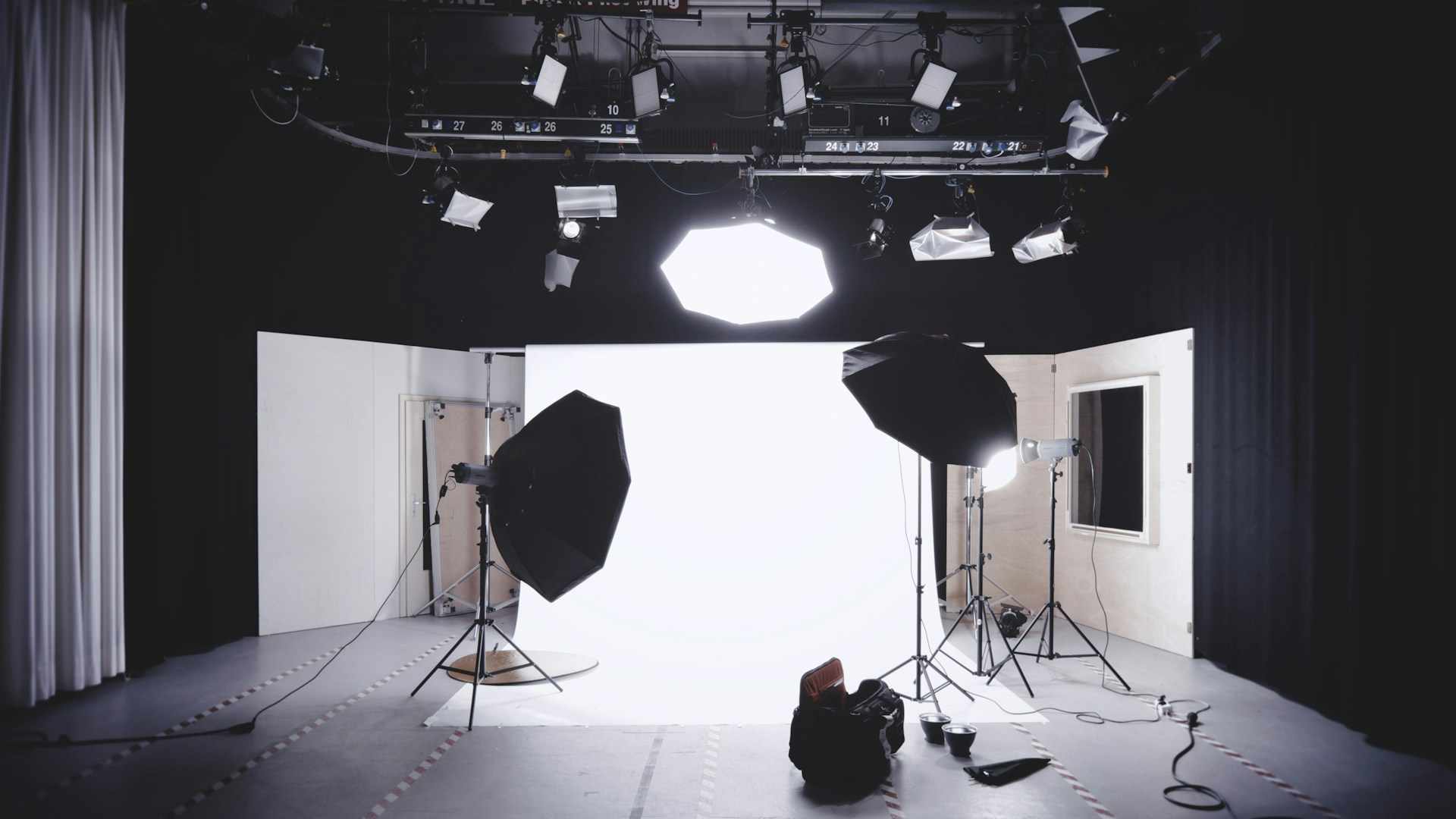Fashion photography, capturing the essence of style, beauty, and cultural trends through a camera’s lens, is as glamorous as it is difficult. It’s a profession that combines artistry with commerce, creating images that not only allure but also sell a lifestyle. As a fashion photographer, you have the power to set trends, tell stories, and contribute to the visual language of fashion.
The chance to work with creative minds, travel in exotic locations, and have your images appear in prestigious magazines and advertisements is an appealing aspect of being a fashion photographer. The attraction of the spotlight, however, does not alone attract photographers to this area; it is also a chance for them to express their artistic vision and make an impact on the sector.
Despite tempting prospects, competition is fierce for fashion photographers who want to be in demand. For composition or the latest camera equipment, it requires more than just a good eye. To succeed in this field, one must possess a combination of technological skills, creative instincts, and business intelligence. This is about building a reputation, networking, and being able to deliver outstanding work that sets you apart from the rest of the pack.
Understanding the Basics
Fashion photography is more than pictures of clothes and models; it’s about capturing a mood, an emotion, and a story that’s going to appeal to the viewer. It is a specialized photographic style that requires a deep understanding of certain key elements to succeed.
Education and Skill Development
Continuous learning, whether through formal training or self-taught methods, is the key to success in fashion photography. Technical competence, artistic vision, and the ability to work with others are essential skills. invaluable sources are workshops, online courses, and industry publications.
Building a Portfolio
It is essential to have an attractive portfolio. It’s supposed to be a reflection of quality, cohesion, and adaptability, which is meant to show an array of styles and subjects. Creative vision can be expressed in personal projects, while feedback from industry peers can be used to refine your selection.
Gaining Experience
It is important to have experience in the field. Get started on small gigs, work with other artists, and consider internships or help for established photographers. Opportunities may arise from networking and industry events, participation in competitions, or submission of works to the press.
Developing a Unique Style
You distinguish yourself in this business with a unique style. Develop your niche, develop signature elements, and keep them authentic. You must balance commercial work with creative expression so that your style can evolve.
Marketing Yourself
Marketing is crucial. Develop a credible brand identity within the sector, and engage in social media and Networks. You can tailor your portfolio to individual clients, optimize the internet presence of search engines, and maintain contacts with them.
Navigating the Industry
Get to know the fashion photography market, build a diverse and high-quality portfolio, and establish strong client relationships. Adapt to changes in the industry and seek advice and feedback constantly.
Success Stories
Study the journeys of successful photographers to understand them. Understand their challenges, breakthrough moments, and the evolution of their style.
One inspiring success story is that of Annie Leibovitz, who is now one of the most renowned and successful photographers in the world. She’d started her journey with a passion for art, and she’d originally wanted to be a painter. But she took a photography class at the San Francisco Art Institute during her second semester, which changed how she lived.
Annie’s major switched to photography, and she’s been developing her skills ever since. She showed a photograph she took of poet Allen Ginsberg at an anti-Vietnam march to Jann Wenner, the publisher of Rolling Stone magazine, while still in college. She was hired as a contributing photographer by Wenner, who recognized her talent.
Annie Leibovitz became the chief photographer for Rolling Stone when she was 23 years old, giving her artistic freedom to take risks and sharpen her craft. Her work has been published in several influential magazines, including Vanity Fair, Vogue, and Entertainment Weekly, and she has created an iconoclastic image of influential musicians of the time, such as Elton John and Bob Dylan.
Annie Leibovitz’s story is a testament to how talent, passion, and the courage to embrace new opportunities can lead to extraordinary achievements in the world of photography.
Conclusion
It takes passion, persistence, and a commitment to continuous learning and improvement to become an in-demand fashion photographer. Take the journey, take risks, and let your creativity guide you where it may lead.
Check out more articles!








